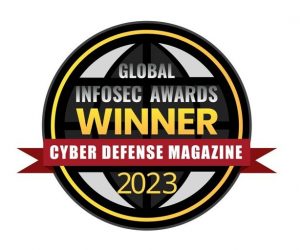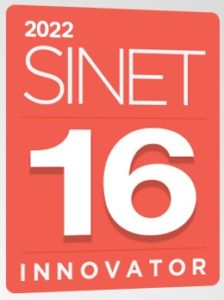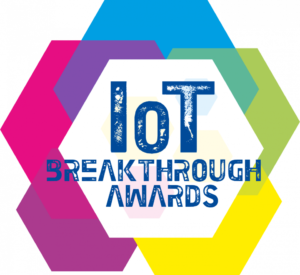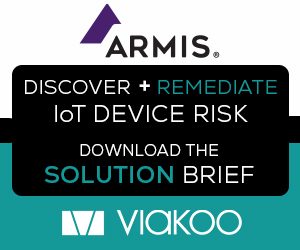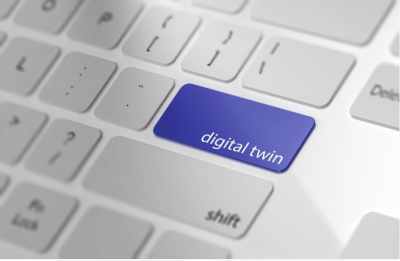
Because they model a part of the real world, “digital twins” are quickly becoming important business tools for organizations that deploy Internet of things (IoT) devices. Digital twins can help maintain industrial processes, explore new business opportunities, and develop new and enhanced connected products and services. They are particularly applicable to distributed systems such as physical security systems that include many IoT devices, where they can help solve operational issues more quickly and effectively than field diagnostics.
But if they are not adequately protected, digital twins and their associated data can expose business information – including security details – to theft, vandalism, or misuse. Moreover, maintaining the integrity of digital twin data is critically important to support decision-making. In particular, how can businesses ensure that the data they are using has not been corrupted or modified by cyber attackers? The good news is that digital twin technology inherently has many advantages to improve your overall safety and security and is the safest method of capturing and analyzing system data.
Importance of Digital Twin Technology
Digital twins are virtual models of real-world, physical products or systems. To be useful, the model must include the important factors of that product or system to mimic its behavior, performance, and/or operation. Then, actions or changes that are being considered for the real system can be tested on the virtual system first, supporting faster, better decisions.
Such models of physical objects are not new – engineers and architects have done this for hundreds of years. NASA scientists in the 1960’s took it to a new level by using a model to solve a problem that was far away aboard a spacecraft – and saved lives in the process.
Since then, important technical developments have added to the value of digital twins. These include the increasing ability to use sensors to capture real-world performance data and feed that back into the digital model, and the improved ability to gather, analyze, and share data over the Internet, which allows for feedback and control over greater distances.
Today, it is clear that digital twins help solve some very old challenges, such as: how to know when problems occur on your system, how to identify the cause of these problems, and how to efficiently fix them when you’re operating remotely. Ideally, for example, technicians can collect data remotely from a system that is having some trouble, then use the digital twin to narrow down the sources of the trouble and test possible fixes – all remotely. Once a solution is found and tested, it might be implemented remotely, or if it requires physical work, the technician can arrive with all the required parts and tools to do the job.
Protecting Digital Twins
Using a digital twin inherently improves the security of the real system, particularly for firms that use outsourced field services. By using a digital twin, there is no need to compromise security by providing physical or VPN access to the outside firm; all the necessary diagnostic data has already been provided by the system and the indicated repair actions are spelled out. Likewise the automation around data gathering allows for the digital twin to be testing itself for abnormal data patterns or activities, and detect situations where the data might be compromised.
Once a digital twin exists it should be protected with the same rigor as other valuable intellectual property. Many digital twins make use of cloud services for data collection and/or processing, leveraging many of the built-in encryption and security capabilities of leading cloud service providers. No access is given without careful pre-authentication, and users should only be allowed the minimum necessary data access. Data is encrypted during storage, and transmitted using secure, encrypted channels when accessed or monitored.
Service assurance solutions using digital twin technology, such as those from Viakoo, were designed to ensure compliance in regulated industries and critical infrastructure environments. In cases like that the overall solution environment (including digital twins) may also be subject to external penetration testing and ongoing compliance checking. Viakoo is the leader in the use of digital twins for IT infrastructure management, which has led to our solutions being tested and continuously verified for the highest level of data security.
Conclusion
Leveraging the advantages of IP-connected devices and systems, it is now possible to make use of digital twins in the security industry, enabling analysis, system tests, fixes, and alerts in a manner that is cost-effective, time-efficient, and in-house. Protecting digital twins is essential, not only to protect the valuable information they hold, but to prevent data corruption that could negatively affect the decision-making process. Solutions like Viakoo have built-in comprehensive capabilities to ensure the integrity of the digital twin, further advancing the overall end-user benefits of automated application and endpoint management in physical security and IoT.
Contact Viakoo to learn more about digital twin technology can cost-effectively improve the management of your security and IoT systems.

